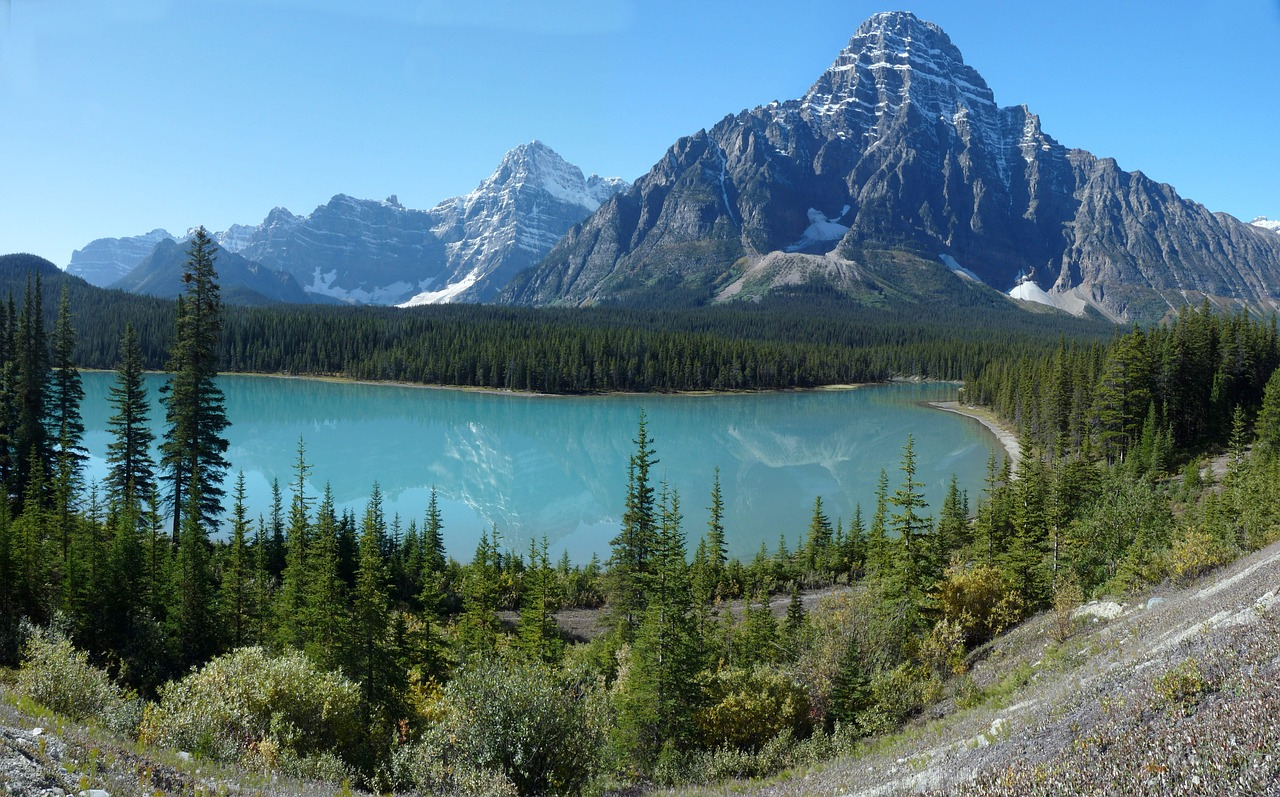The vastness and diversity of Canadian nature
Covering nearly 10 million square kilometers, Canada is the second-largest country globally, offering a multitude of ecosystems. The boreal forests, which constitute about 28% of the world's boreal zone, are home to species like the woodland caribou and the Canada lynx. The Rocky Mountains, stretching through British Columbia and Alberta, present breathtaking vistas and serve as habitats for grizzly bears and mountain goats. Additionally, the Great Lakes, shared with the United States, represent the largest group of freshwater lakes by total area, supporting diverse aquatic life.
Nature's role in Canadian identity
The natural environment is integral to Canada's national identity. Outdoor activities such as hiking, canoeing, and skiing are not merely pastimes but are woven into the cultural fabric. The changing seasons, from vibrant autumns to snowy winters, are celebrated and influence art, literature, and community events. This profound connection to nature fosters a collective responsibility among Canadians to preserve and protect their environment.
Environmental conservation efforts
Canada has implemented several initiatives to safeguard its natural heritage. The "Canada’s 2030 Nature Strategy" aims to halt and reverse biodiversity loss by 2030, emphasizing the rights of Indigenous Peoples and advancing reconciliation. Additionally, the "Nature Accountability Bill," introduced in Parliament, seeks to enshrine certain nature and biodiversity commitments that Canada has made internationally. These efforts underscore the nation's dedication to environmental conservation.
Community engagement and Indigenous stewardship
Local communities and Indigenous groups play a pivotal role in environmental conservation. Indigenous stewardship of lands and waters is a cornerstone of Canada's conservation strategy, reflecting a deep respect for traditional ecological knowledge. Collaborative projects, such as the Conservation Impact Bond in the Carolinian Zone of southern Ontario, demonstrate how partnerships between conservation organizations, financial institutions, the government, and Indigenous Peoples can lead to significant habitat restoration and community engagement. As highlighted on https://www.sn2world.com/, these collaborations are vital to ensuring sustainable progress in protecting Canada's natural environment.
Everyday relationship with nature
For many Canadians, daily life is intertwined with the natural world. Urban centers like Vancouver and Toronto offer easy access to parks and nature reserves, encouraging residents to engage in outdoor activities. The popularity of eco-tourism and sustainable travel reflects a growing awareness of environmental impact. Educational programs and community initiatives further promote environmental consciousness, ensuring that future generations continue to value and protect Canada's natural treasures.
Canada's commitment to its natural environment is evident in both policy and practice. The nation's vast landscapes not only define its geography but also shape its culture and values. Through concerted conservation efforts and a deep-rooted connection to nature, Canadians strive to be vigilant guardians of their environment, ensuring its preservation for generations to come.
Sources:
1. "Canada’s 2030 Nature Strategy: Halting and Reversing Biodiversity Loss in Canada" – Government of Canada "2030 Nature Strategy and Nature Accountability Bill" – Government of Canada
2. "A Call for Ambition: Why COP16 Is Canada’s Chance to Lead" – Nature Canada
3. Guide to Canada CANADIANS
4. "Safeguarding Natural Capital: How Banks Can Work with Indigenous Peoples" – The Wall Street Journal
